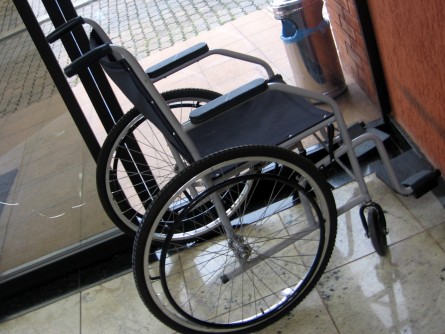When we talk about the need to restrict screen access for kids, we are usually concerned about what kinds of things are coming into our homes. But maybe we should be equally concerned with what’s going out. The article in the Sunday New York Times about adolescent girls making videos of themselves on YouTube and asking the world, “Am I Ugly or Pretty?” shows that having access to a large-scale audience through computers and smartphones can magnify and distort what might otherwise be normal teen insecurities.
Sammie, a shy 13-year-old girl from New Jersey, stepped out of the shower and pulled on a plain gray T-shirt. She left her hair wet and decided not to apply makeup. Careful not to wake her family, she looked into the camera and spoke in a near-whisper.
“People at my school and camp say I’m the most ugliest person they’ve ever seen,” she said, “and I could be the ugliest person that could ever be living.”
“Be honest and tell me if I am ugly or not,” she continued. “I can take it, but please don’t say really mean stuff.”
She titled the video, “Am I Ugly or Pretty” and — like thousands of other young girls who have made similar videos — uploaded it to YouTube. Several months, 72,000 views and more than 2,000 comments later, she was no less insecure about her appearance, she said in a telephone interview in December. But she had learned a lot about the cruelty of people.
Seventy-two thousand people are looking at a video a thirteen-year-old girl made of herself. People she’s never met. People of every age. People who have no interest in her well-being and for whom there will be no consequences if they destroy her life.
That phrase, “destroy her life,” which may seem over the top, reflects not only the fact that some so-called cyberbullying has turned fatal. (Some of the commenters encourage the girls to kill themselves.) But also there is the fact that these young women have no capacity to keep the type and quantity of comments in perspective.
The disadvantage of the media environment that our kids live in today is not just that they are exposed to gratuitous sex and violence. It is that too often they are completely immersed in a social networking environment. At all hours of the day, friends or strangers may be commenting about their activities. The adolescent’s vulnerability increases exponentially by virtue of the fact that there are no standards for commenters and those commenters meanwhile can rest comfortably in their anonymity. The combination of these factors is deeply worrisome for parents.






